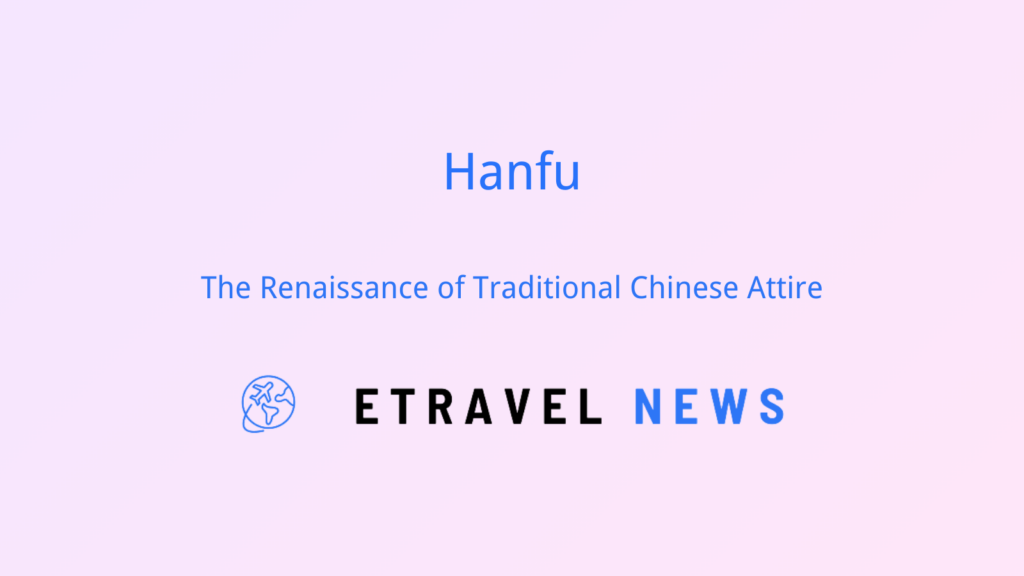Introduction to Chinese Opera
Chinese opera, a jewel in the crown of China’s cultural heritage, has captivated audiences for centuries. With roots tracing back to the 3rd century CE, this art form has evolved into a complex tapestry of music, dance, and storytelling. More than mere entertainment, Chinese opera serves as a living repository of history, mythology, and social values.
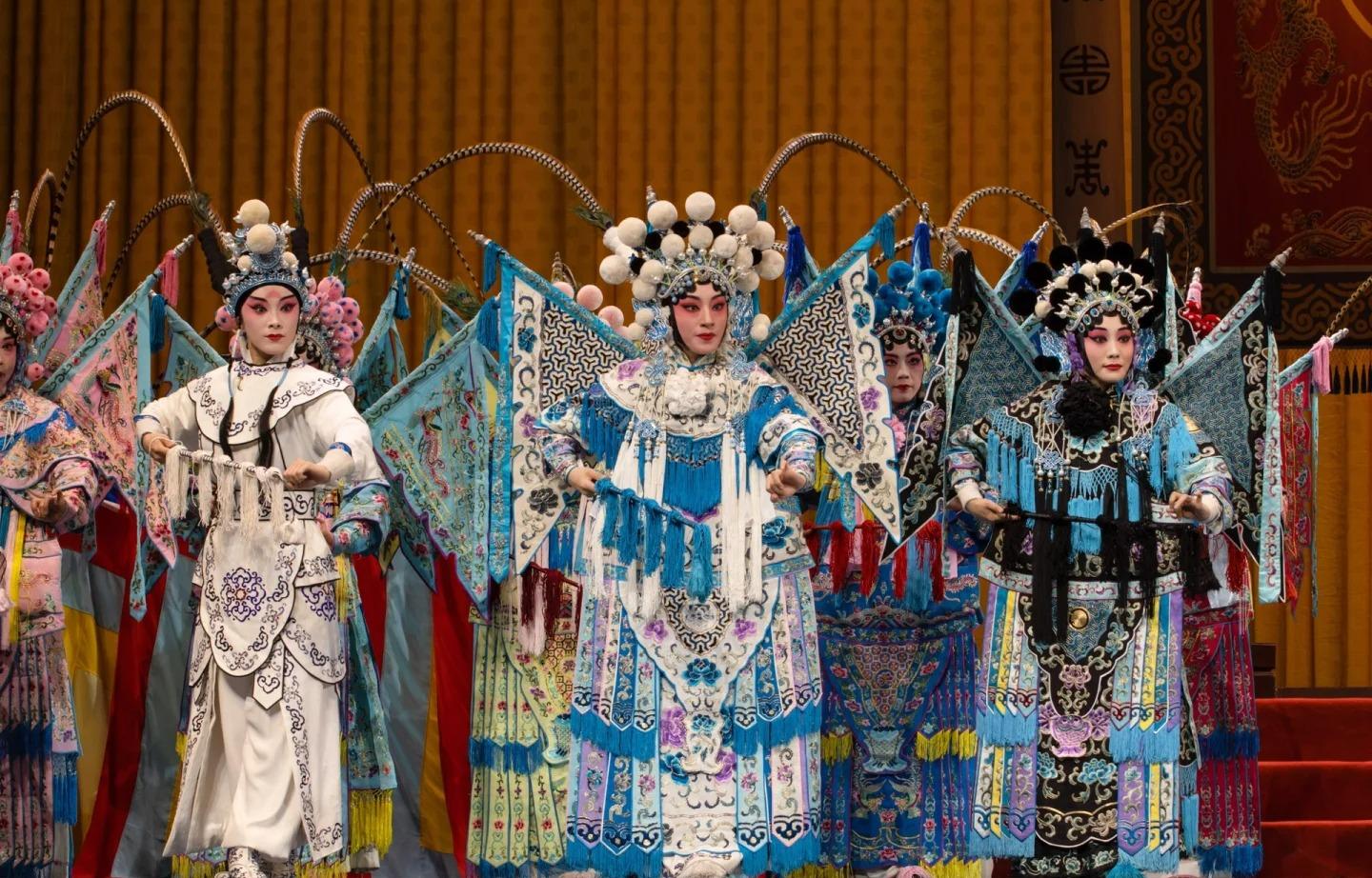
Major Types of Chinese Opera
Chinese opera is not a monolith but a diverse collection of regional styles:
| Opera Type | Origin | Key Features |
|---|---|---|
| Beijing Opera | Beijing | Stylized makeup, acrobatics |
| Kunqu Opera | Suzhou | Elegant movements, poetic lyrics |
| Cantonese Opera | Guangdong | Elaborate costumes, martial arts |
| Sichuan Opera | Sichuan | Face-changing technique, fire-spitting |
Other notable regional styles include Yue Opera from Zhejiang and Yu Opera from Henan, each with its unique characteristics and local flavors.
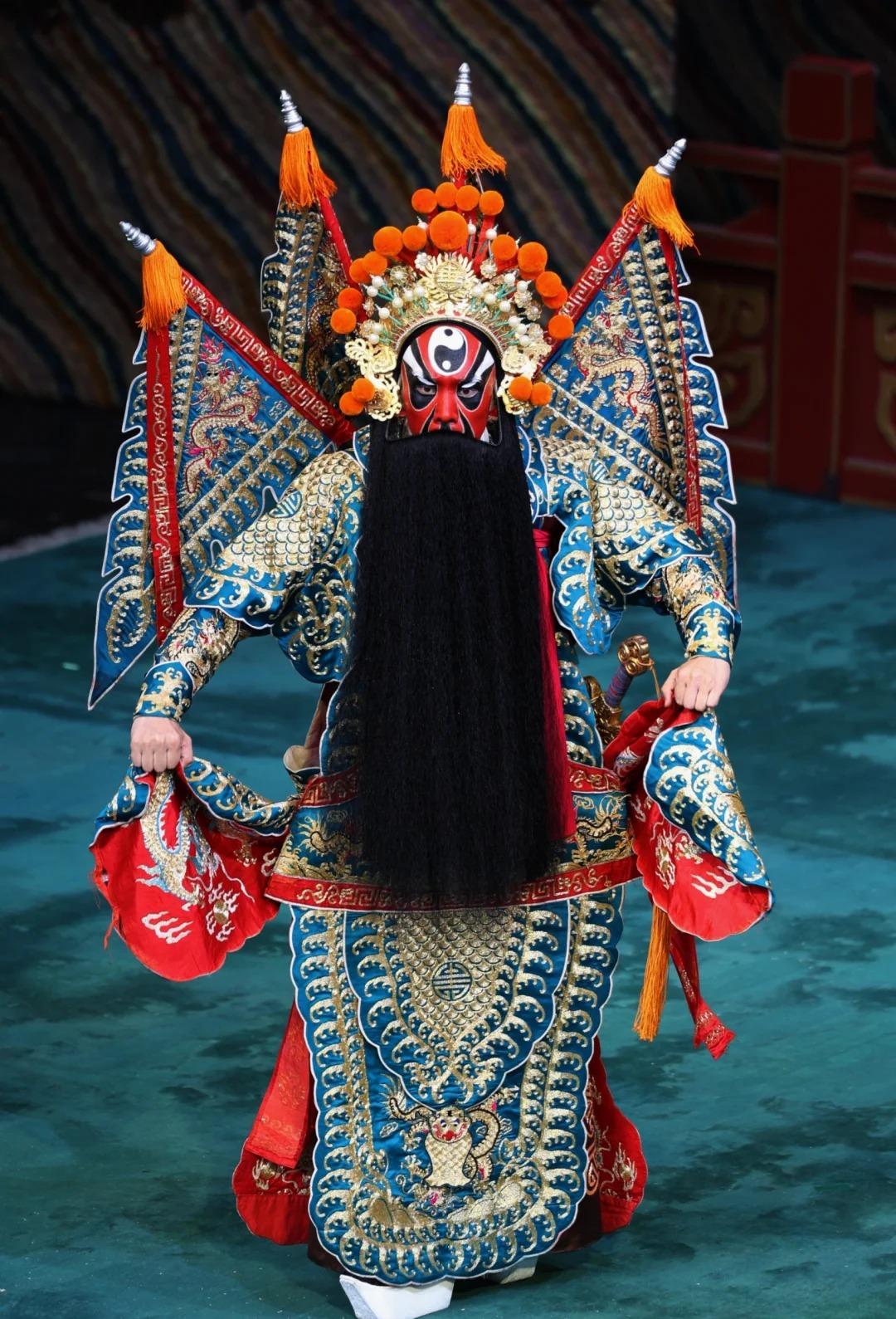
Elements of Chinese Opera
A Chinese opera performance is a feast for the senses:
- Costumes: Intricately embroidered, symbolically colored
- Makeup: Painted faces representing character traits
- Gestures: Stylized movements conveying emotions and actions
- Music: Distinctive melodies and percussion rhythms
- Stage Design: Minimalist sets relying on audience imagination
These elements combine to create a highly symbolic and stylized art form where every detail carries meaning.
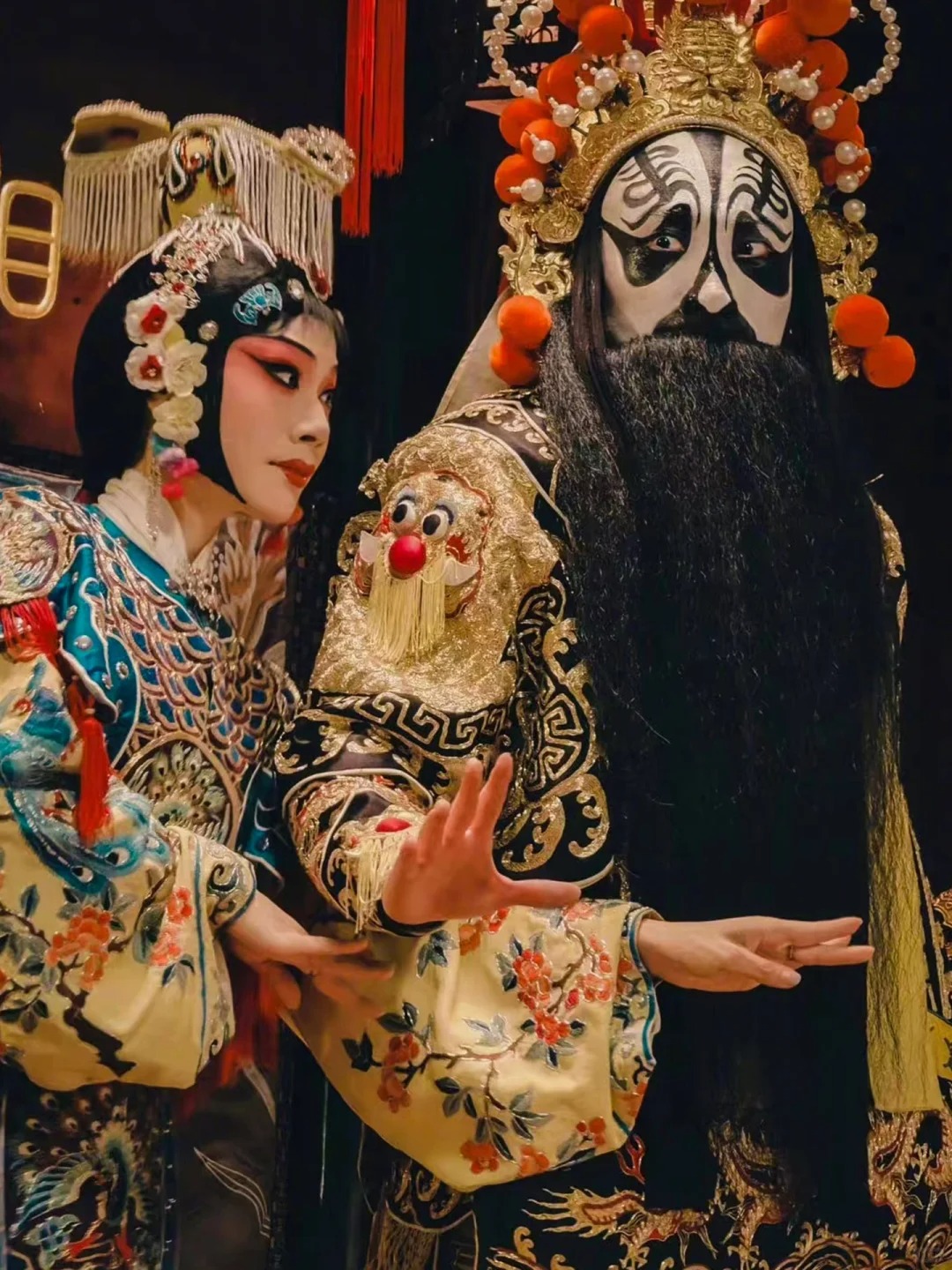
Characters and Roles
Chinese opera characters fall into four main categories:
- Sheng (生): Male roles, subdivided into:
- Laosheng: Older, bearded males
- Xiaosheng: Young, refined scholars
- Dan (旦): Female roles, including:
- Qingyi: Virtuous, elite women
- Huadan: Vivacious, young females
- Jing (净): Painted-face roles, often depicting warriors or gods
- Chou (丑): Comic roles, providing levity and social commentary
Each role type has its own stylized makeup, costumes, and performance techniques.
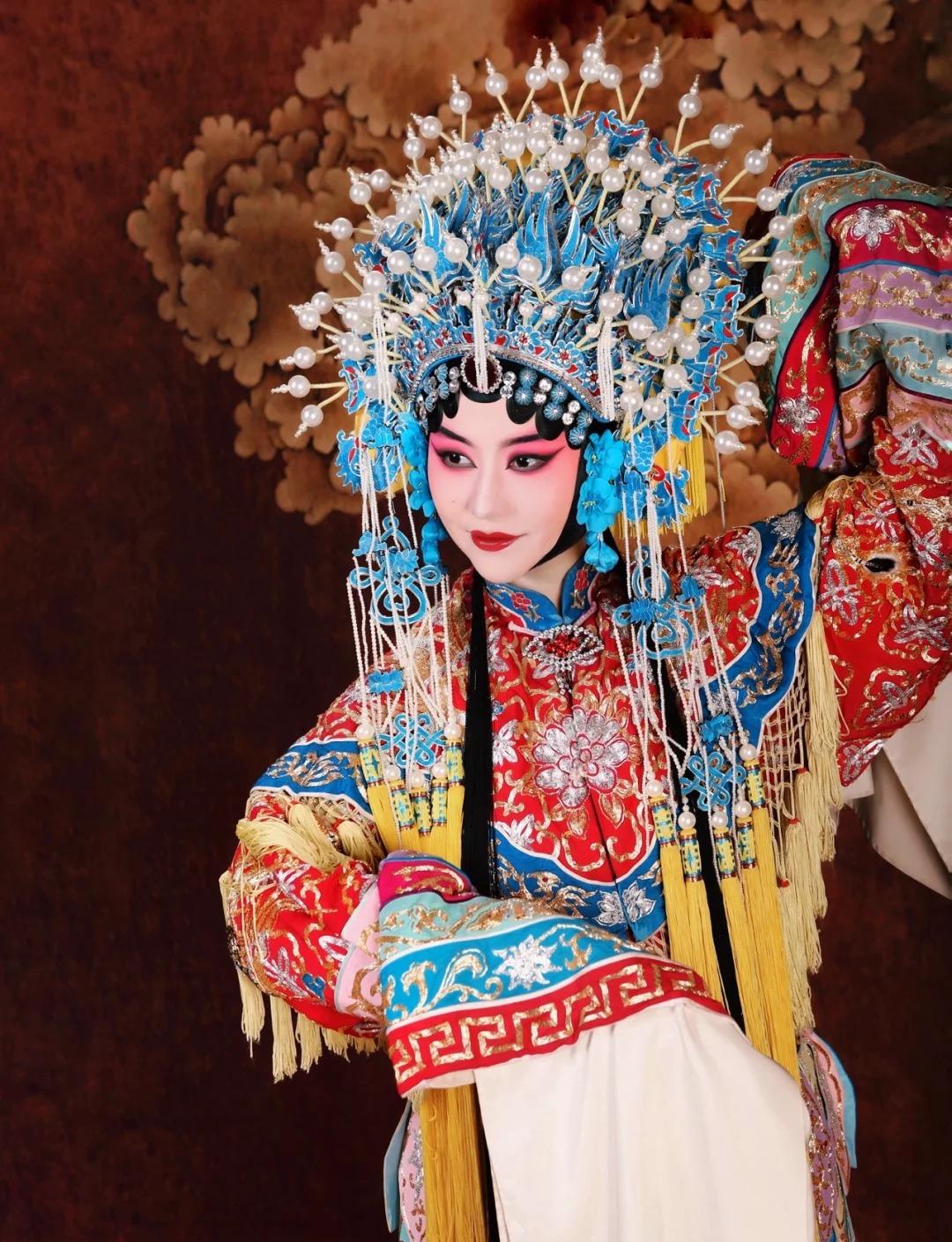
Famous Stories and Plays
Chinese opera draws from a rich repertoire of stories:
- “The Peony Pavilion”: A romantic kunqu opera about love transcending death
- “The Monkey King”: Adventures from the classic novel “Journey to the West”
- “Farewell My Concubine”: A tragic tale of loyalty set in the Qin Dynasty
These stories often blend historical events with folklore, offering moral lessons and social commentary.
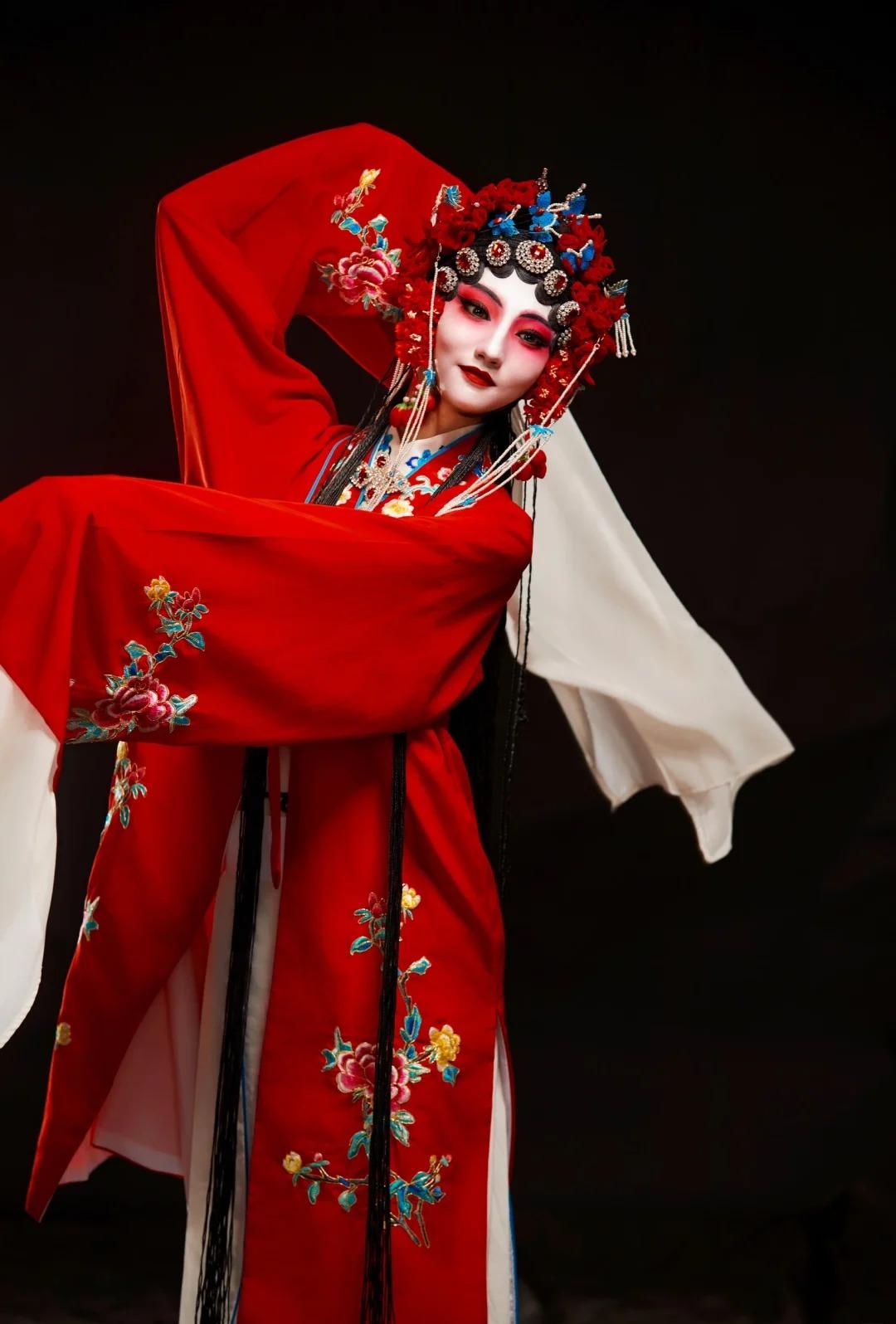
Chinese Opera in Modern Times
Today, Chinese opera faces both challenges and opportunities:
- Government initiatives to preserve traditional forms
- Innovative productions blending classical opera with modern theatre
- Growing international recognition, including UNESCO Intangible Cultural Heritage status for Kunqu Opera
Modern adaptations often feature updated staging and themes while maintaining core traditional elements.
Traveler’s Guide to Chinese Opera
For travelers eager to experience this unique art form:
- Where to Watch:
- Beijing: National Centre for the Performing Arts
- Shanghai: Yifu Theatre
- Guangzhou: Guangzhou Opera House
- Festivals and Events:
- Shanghai International Arts Festival (October)
- Beijing International Theater & Dance Festival (May)
- Tips for Appreciation:
- Read a synopsis before the performance
- Focus on the actors’ movements and expressions
- Listen for the interplay between vocals and instruments
- Interactive Experiences:
- Mei Lanfang Grand Theatre in Beijing offers makeup demonstrations
- Sichuan Opera houses in Chengdu provide face-changing workshops
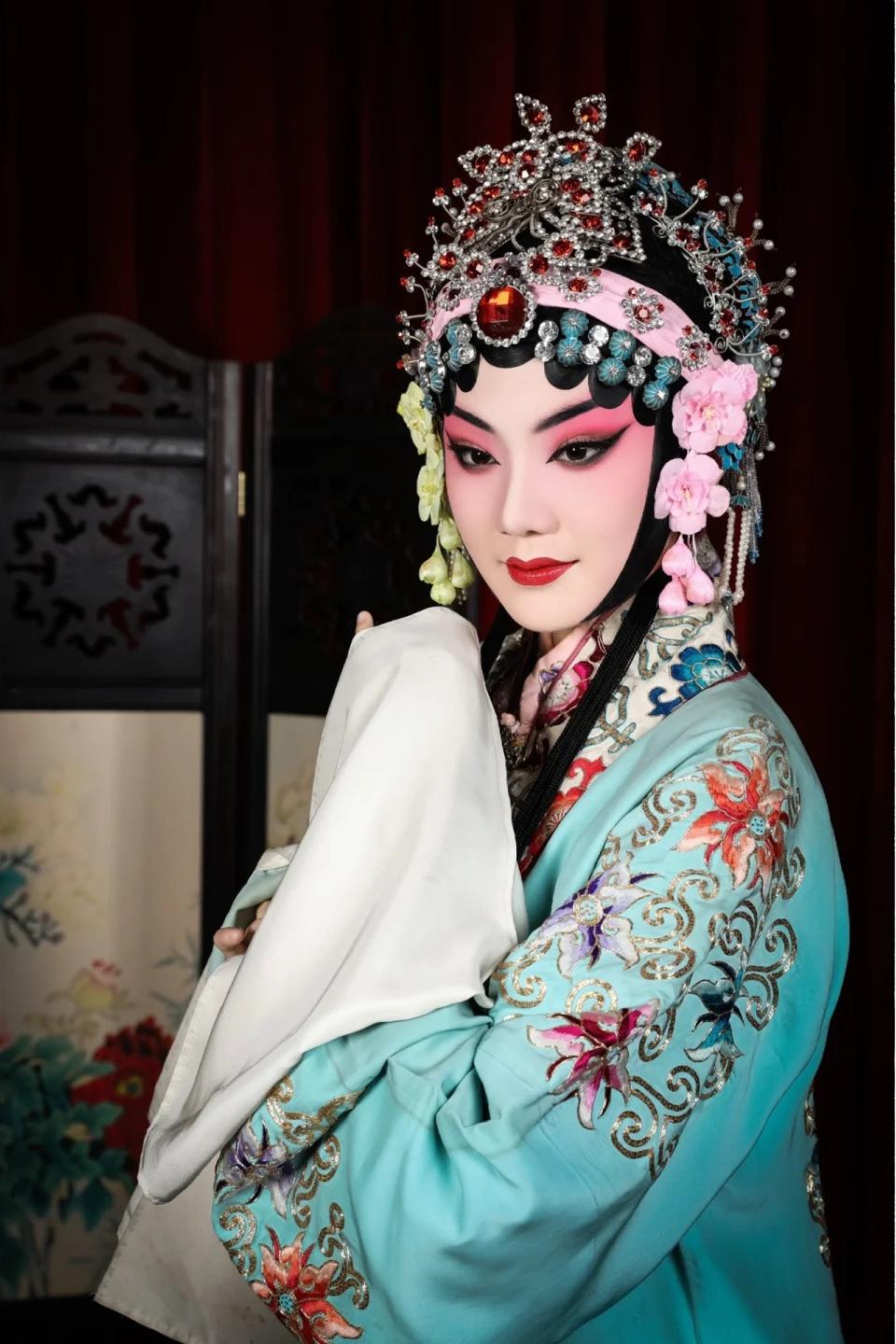
As you step into the world of Chinese opera, prepare for a sensory journey unlike any other. Imagine the hush falling over the audience as the curtain rises, revealing a minimalist stage that will soon be transformed by the power of performance and imagination.
The first strains of the erhu (Chinese violin) fill the air, setting the emotional tone. Suddenly, a figure appears – perhaps a warrior in vibrant armor or a delicate maiden in flowing silks. Their movements, precise and graceful, tell a story without words. Each gesture of the hand, tilt of the head, or flutter of sleeves carries meaning, a language of movement refined over centuries.
As the story unfolds, let yourself be carried away by the interplay of sight and sound. The percussive clash of cymbals punctuates dramatic moments, while the lilting melody of the dizi (bamboo flute) underscores tender scenes. The actors’ voices, sometimes gentle, sometimes powerful, convey complex emotions through stylized vocals that may initially sound alien but soon become captivating.
Don’t be surprised if you find yourself leaning forward, engrossed in a tale of love, loyalty, or betrayal, even if you don’t understand every word. The universal language of human emotion transcends linguistic barriers, speaking directly to the heart.
After the performance, as you discuss your experience with fellow travelers or locals, you might find that Chinese opera has cast its spell on you. Whether you’re marveling at the acrobatics of Beijing Opera, the poetic grace of Kunqu, or the face-changing magic of Sichuan Opera, you’ve participated in a tradition that has shaped Chinese culture for millennia.
As you leave the theater, the melodies still echoing in your mind, you carry with you more than just memories of an evening’s entertainment. You’ve glimpsed the soul of a culture, expressed through an art form that continues to evolve while honoring its ancient roots. Chinese opera is not just a performance; it’s a window into the heart of China itself, inviting you to look deeper, listen closer, and discover the stories that have captivated generations.



